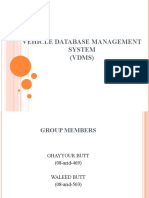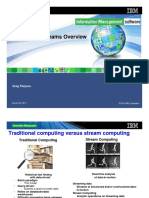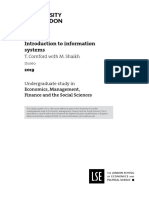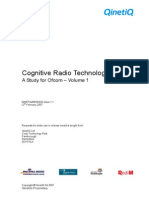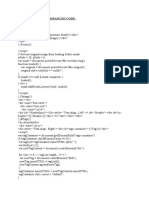0% found this document useful (0 votes)
34 views12 pagesCloud Computing Unit-I
The document provides an overview of cloud computing, including its definition, evolution, characteristics, and types of services. It discusses the principles of distributed computing, virtualization, and parallel computing, highlighting their advantages and limitations. Additionally, it outlines the future of these technologies and their applications in various fields, emphasizing the importance of scalability, reliability, and security in cloud systems.
Uploaded by
tunnuofficial01Copyright
© © All Rights Reserved
We take content rights seriously. If you suspect this is your content, claim it here.
Available Formats
Download as ODT, PDF, TXT or read online on Scribd
0% found this document useful (0 votes)
34 views12 pagesCloud Computing Unit-I
The document provides an overview of cloud computing, including its definition, evolution, characteristics, and types of services. It discusses the principles of distributed computing, virtualization, and parallel computing, highlighting their advantages and limitations. Additionally, it outlines the future of these technologies and their applications in various fields, emphasizing the importance of scalability, reliability, and security in cloud systems.
Uploaded by
tunnuofficial01Copyright
© © All Rights Reserved
We take content rights seriously. If you suspect this is your content, claim it here.
Available Formats
Download as ODT, PDF, TXT or read online on Scribd
/ 12

































































